Why Virtual Reality (VR) is a Transformative Technology Used in the Oil and Gas Industry?
The oil and gas industry, which is recognized for its complicated operations and remote locations, is adopting cutting-edge technologies to improve efficiency, safety, and training. Among these breakthroughs, Virtual Reality (VR) stands out as a game changer. The oil and gas industry is transforming training, operations, and cooperation in previously unthinkable ways by using the immersive capabilities of VR. This article looks at how virtual reality is reshaping the landscape of the oil and gas industry
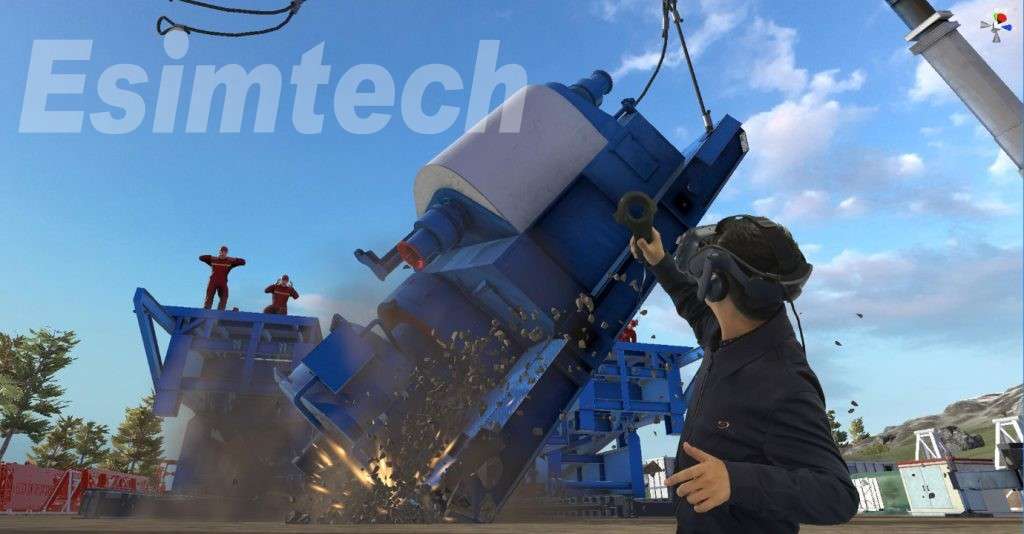
What are the Key Functionality Of Virtual Reality (VR) used in the Oil and Gas Industry
A New Dimension in Training and Education
The oil and gas industry operates in high-risk areas where precision and safety are critical. VR technology provides a secure and regulated environment for educating staff in a variety of scenarios, including emergency response, equipment maintenance, and hazardous material handling. Through Virtual Reality(VR) simulations, workers can practice responding to complex situations without exposing themselves to actual danger. This leads to increased confidence and competence, translating to reduced risks and enhanced operational readiness.
Remote Inspection and Maintenance
The oil and gas industry frequently requires complex equipment that is located in remote or hazardous areas. Virtual Reality enables professionals to evaluate equipment and facilities remotely, eliminating the need for workers to physically travel to distant locations. Technicians may lead on-site staff through difficult maintenance jobs, troubleshoot issues, and conduct complete inspections using VR headsets and cameras. This not only saves time and money, but it also reduces downtime and the hazards connected with travel.
Simulating Drilling Operations
Precision and accuracy are required while drilling for oil and gas. Drilling engineers can use VR technology to mimic drilling operations simulation in a virtual environment before beginning the actual process. Without the financial and environmental implications of actual drilling, engineers may study potential obstacles, test multiple tactics, and optimize drilling parameters. The result is improved decision-making, reduced operational risks, and enhanced efficiency.
Collaborative Decision-Making
Virtual Reality allows geographically separated teams to collaborate in real-time. Stakeholders can meet in a shared virtual environment to discuss goals, evaluate data, and make collaborative choices. This level of contact encourages speedier decision-making, shortens project schedules, and reduces the need for in-person meetings, resulting in increased operational agility.
Safety Training and Emergency Response
Safety is critical in high-risk situations. VR provides a secure environment in which to train workers in emergency response techniques. Employees can practice responding quickly and accurately to simulated emergencies such as fires, spills, or equipment breakdowns. This immersive training improves situational awareness and ensures that employees are more equipped to deal with real-life catastrophes.
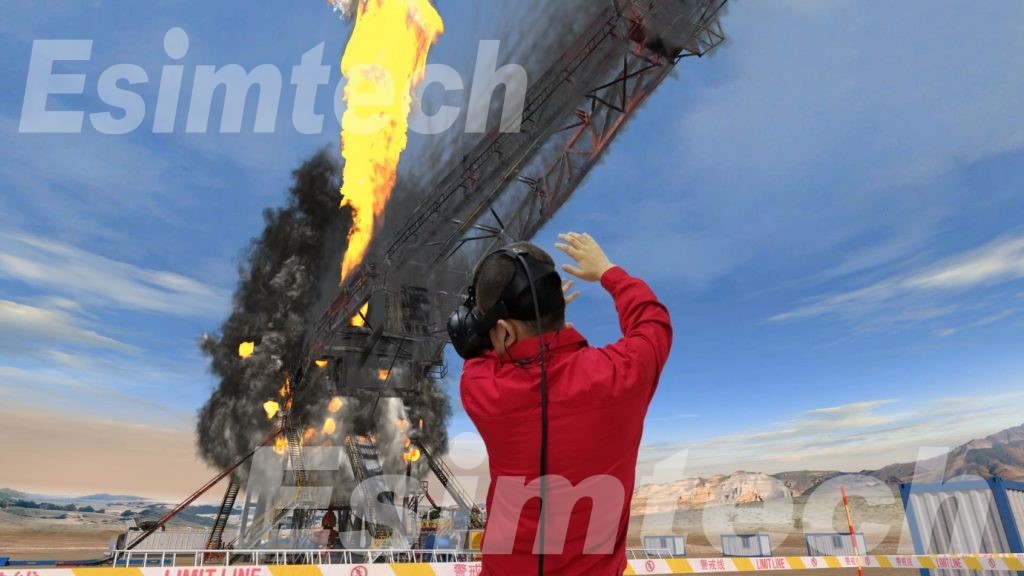
Environmental Impact and Sustainability
The oil and gas industry is increasingly concerned with sustainability and reducing its environmental impact. Virtual Reality(VR) can help visualize the environmental impact of operations. Companies can use virtual models to plan and strategize how to decrease negative consequences while adhering to environmental standards and public expectations.
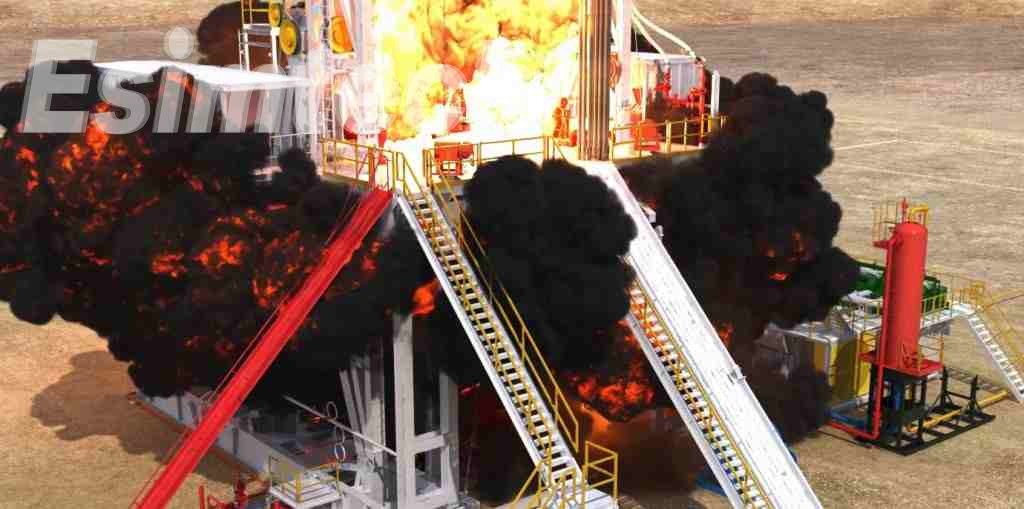
What are the Advantages of Virtual Reality (VR) used in the Oil and Gas Industry
Realistic Training Simulations
Virtual reality allows for immersive and realistic training environments for personnel. VR allows students to experience complicated jobs and circumstances in a controlled setting, from drilling rig operations to emergency response exercises. As a result, professionals are more confident and well-prepared, reducing the learning curve when they shift to real-world settings.
Risk-Free Learning
In VR, high-risk scenarios such as well blowouts or hazardous substance releases can be recreated with no real-world effects. This risk-free learning environment allows workers to practice procedures, test strategies, and develop skills without compromising safety.
Equipment Familiarization
Virtual Reality(VR) provides an ideal platform for workers to become acquainted with standard industry equipment, machinery, and tools. This familiarity improves operational efficiency and lowers the risk of errors caused by a lack of understanding of equipment functions.
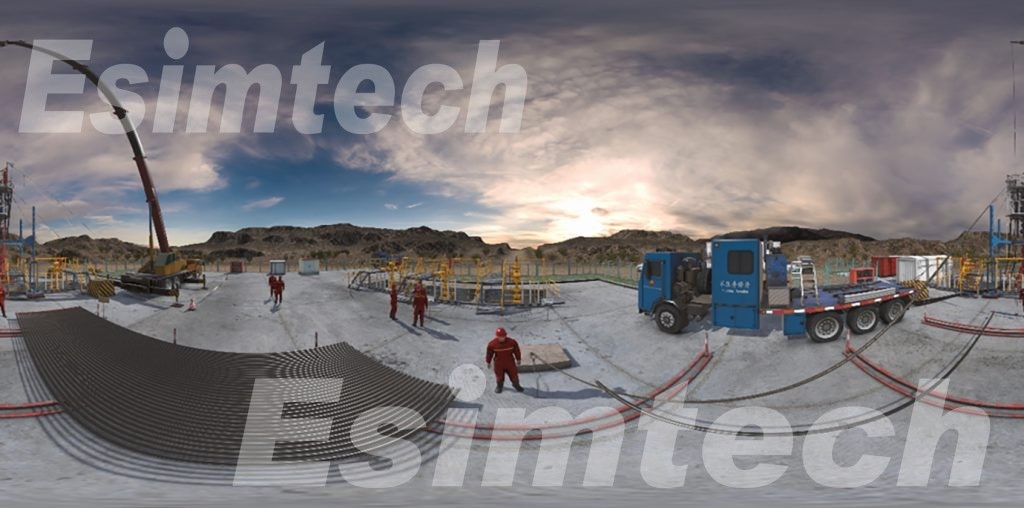
Asset Inspection and Maintenance
Engineers and maintenance professionals can utilize Virtual Reality to remotely check assets and highlight faults that need to be addressed. This results in better maintenance planning and less downtime.
Enhancing Communication and Collaboration
VR creates collaborative virtual environments in which teams may visualize and engage with complex data, models, and simulations. This immersive communication tool improves dialogue, decision-making, and problem-solving.
Improving Project Visualization
Virtual Reality(VR) can help you visualize project designs and site layouts. Stakeholders can navigate virtual representations of facilities, making it easier to design, review, and alter initiatives before they are implemented.
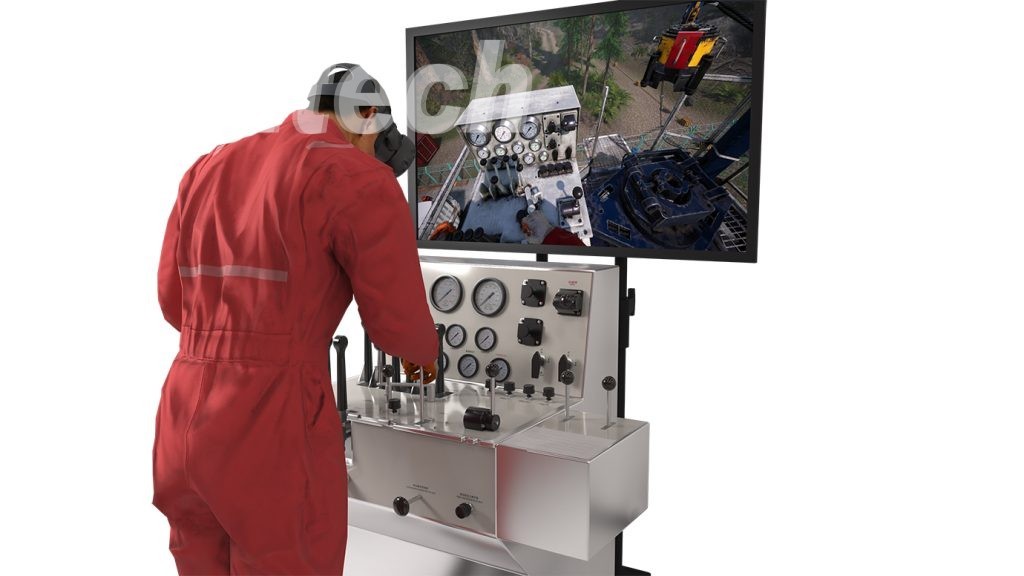
Summary
As the oil and gas industry navigates a dynamic and evolving landscape, Virtual Reality(VR) emerges as a powerful ally. By enabling efficient training, remote collaboration, and enhanced decision-making, VR is transforming how the industry operates, improving safety, efficiency, and sustainability. As technology continues to advance, the integration of VR will likely become even more integral to the sector’s success, positioning it at the forefront of the digital revolution.
